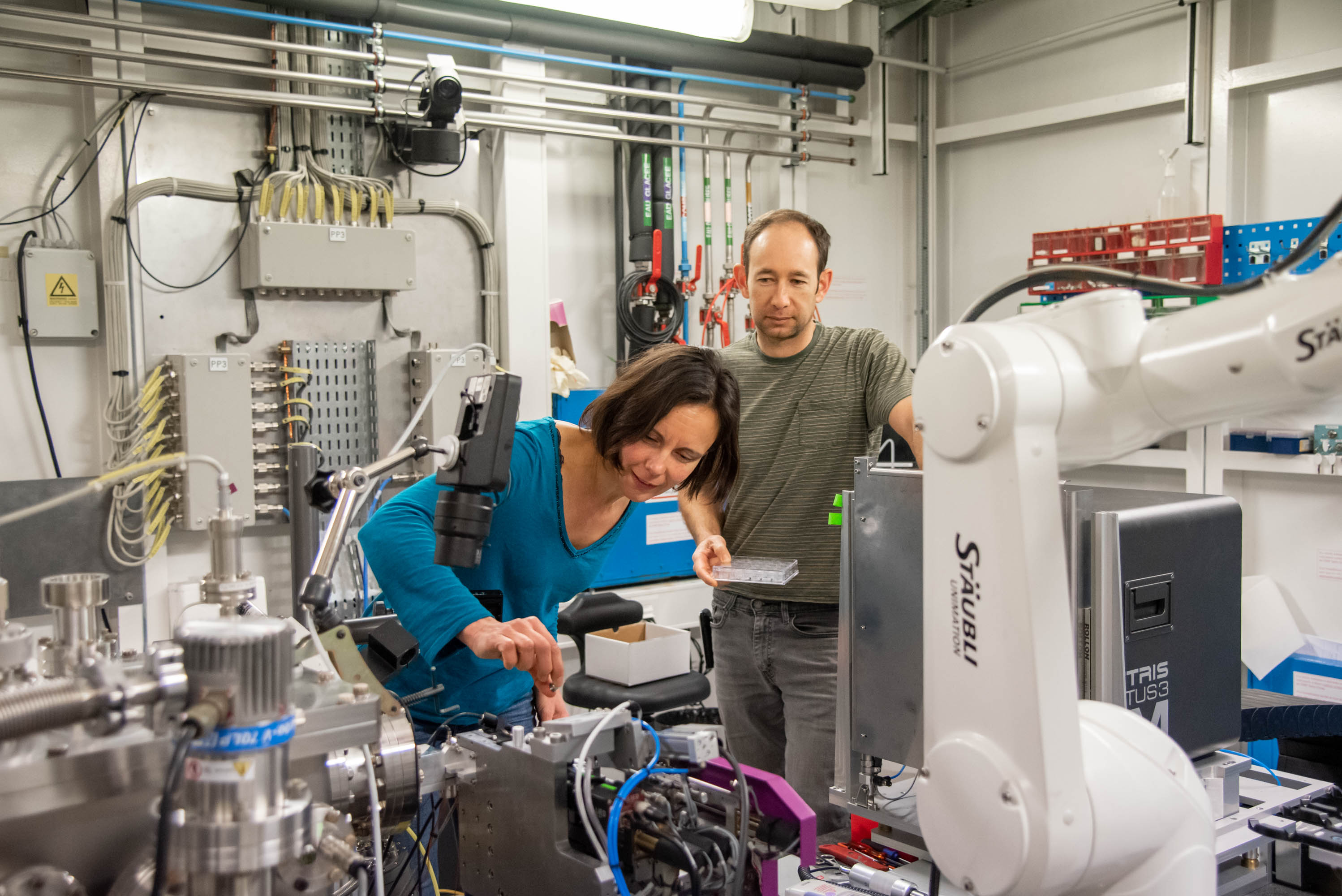- Home
- News
- General News
- Scientists find...
Scientists find a way to tune the circadian clock of plants
13-03-2020
Plants’ internal timekeeper can be tweaked to promote growth at different temperatures, researchers led by CNRS/CEA/UGA have found.
Seeing trees blooming in the middle of winter is not unusual anymore. Plants are very sensitive to their environment and can sense changes in temperature of just a few degrees. These slight elevations in temperature due to global warming cause them to flower earlier and earlier in the season. This can lead to many negative effects in wild and crop plants including reduced seed production, smaller and fewer fruits and decreased biomass. For these reasons, understanding how plants perceive and respond to temperature is becoming more important as the phenology of plants, their seasonal growth and development, changes with the changing environment.
The Evening Complex (EC) is a three-protein complex that regulates the growth of the plant in a temperature-sensitive manner, so it is very relevant to thermosensing. Until now, scientists didn’t fully understand the role each of the proteins (LUX ARRHYTMO or LUX, EARLY FLOWERING 3 or ELF3 and EARLY FLOWERING 4 or ELF4) has in the complex and how they bind to the DNA. A team at the CNRS/CEA/UGA in Grenoble has shed light on this complex with the help of the ESRF’s macromolecular crystallography beamlines.
“We focused on EC because of its important role in the circadian rhythm of plants and its role in temperature-dependent plant growth”, explains Chloe Zubieta, corresponding author of the article and CNRS Research Director from the Laboratoire de Physiologie Cellulaire et Vegetale, located at the CEA Grenoble (CNRS/Univ. Grenoble Alpes/CEA/INRAE UMR 5168). “Shedding light on this mechanism and understanding its different components opens up the opportunity for altering the response of the plants to environmental changes,” added co-author Stephanie Hutin from the Universite Grenoble Alpes.
|
|
|
The EC acts as a thermosensor by binding DNA at low temperatures and repressing its target genes. But when the temperature increases, the complex dissociates from DNA and gene expression occurs, resulting in early flowering. ESRF beamline scientist Max Nanao (ID 23-2) solved the structure of the EC protein, LUX ARRYTHMO, bound to DNA. Credits: C. Zubieta. |
The team, which included researchers from the ESRF, Potsdam University, the CSIC (Spain) and SBS (India), found that LUX recruits ELF3 and ELF4 to the DNA through a highly specific DNA-binding domain and that ELF3 decreases the ability of LUX to bind DNA whereas the presence of ELF4 restores interaction with DNA. All three proteins are necessary for the DNA binding to have an effect on gene expression. They solved the structure of the DNA-binding domain of LUX bound to DNA on beamline ID23-2 and ID29 at the ESRF.
 |
|
Chloe Zubieta (left) and Max Nanao (beamline scientist) on the ID23-1 beamline. Credits: C. Argoud. |
Afterwards, based on their structure, they designed a LUX mutation that decreased EC binding to DNA, which then makes plants grow faster and flower earlier even at lower temperatures. This provided the scientists with a strong indication that changing the binding affinity of LUX could make the whole complex more or less active and result in plants that have changed sensitivity to warmer temperatures with respect to their growth and flowering time.
“If we can make the EC bind DNA better, it may slow down growth and entry into reproduction”, explains Zubieta. “At this time, when climate change is a reality, the EC could be very useful as a way to tune growth under warmer conditions”, she concludes.
Reference:
Silva CS et al, PNAS first published March 12, 2020 https://doi.org/10.1073/pnas.1920972117.
Text by Montserrat Capellas Espuny




